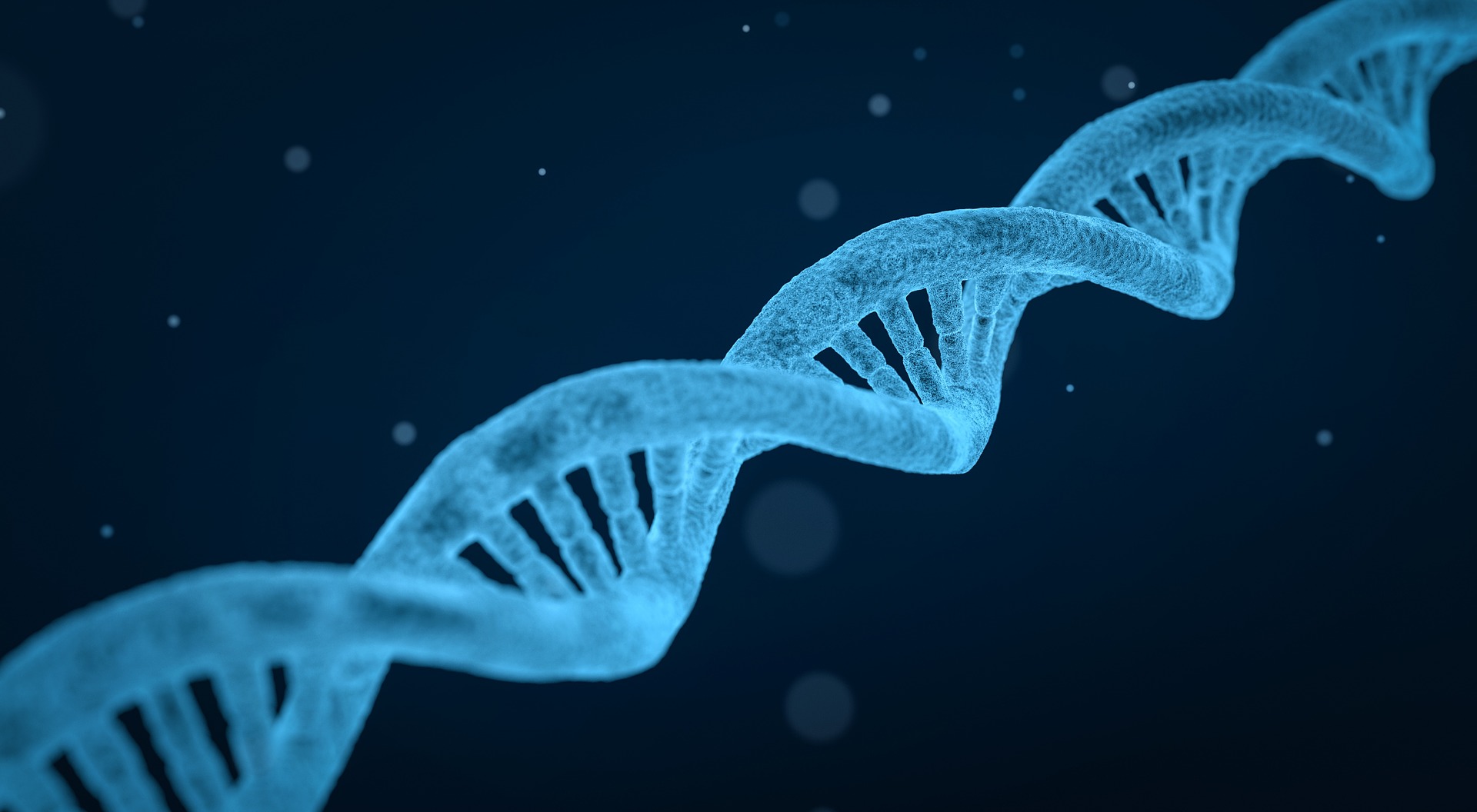The last couple of weeks, we have seen that adenomyosis and interstitial cystitis are found frequently in those with endometriosis and can cause similar symptoms. Another finding noted in those with endometriosis is endometrial (uterine) polyps. One meta-analysis found a significantly higher risk of endometrial polyps (EP) in those with endometriosis (Zheng et al., 2015). These polyps are overgrowths of endometrial glands and stroma (Zheng et al., 2015). While they may not cause any symptoms, they can cause abnormal menstrual bleeding, bleeding between menstrual periods, vaginal bleeding after menopause, and might affect fertility.
Zheng et al. (2015) notes that, like in endometriosis, the expression of estrogen receptors and aromatase (an enzyme that converts androgens to estrogens) is altered in endometrial polyps and can increase the local concentration of estrogen. The authors suggest that “it is important to determine whether patients with endometriosis also have EP and then remove any coexisting EP via hysteroscopy, especially for infertile patients” (Zheng et al., 2015).
For more information on endometrial polyps, see: https://icarebetter.com/endometrial_uterine-polyps/
Reference
Zheng, Q. M., Mao, H. L., Zhao, Y. J., Zhao, J., Wei, X., & Liu, P. S. (2015). Risk of endometrial polyps in women with endometriosis: a meta-analysis. Reproductive biology and endocrinology, 13(1), 1-9. https://link.springer.com/article/10.1186/s12958-015-0092-2





comments are closed .